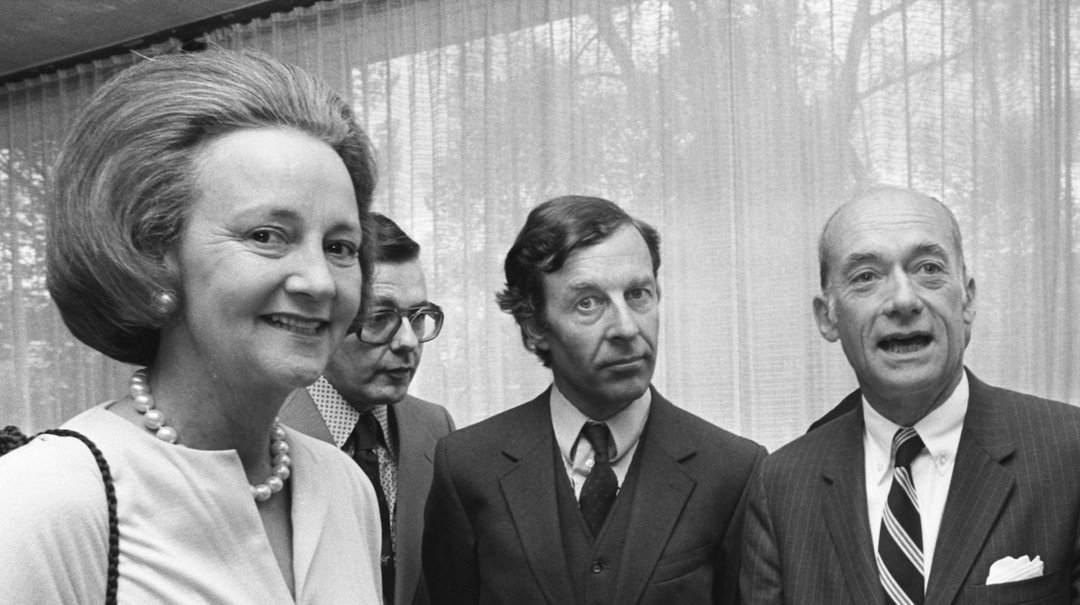by
_____
A wonderful exhibit at the New-York Historical Society explores the accomplished and complicated life of Katharine Meyer Graham, the legendary publisher of The Washington Post.
“Cover Story: Katharine Graham, CEO” tells the remarkable story of a woman who was never groomed for a public role, never expected or wanted it, and struggled to feel comfortable using her visibility, voice and influence.
And yet she did — and is remembered as a powerful defender of an independent press, and as an example of a woman who used her prominence and voice for public benefit.
The exhibit looks back 50 years ago to the summer of 1971, when The New York Times published the Pentagon Papers, revealing the US government’s lies about the Vietnam War.
But it also takes us further back to Graham’s privileged upbringing and role as wife of a publishing executive. After her husband’s suicide in 1963, she assumed the reins of The Washington Post.
As the exhibition makes clear, for a long time Graham saw herself as a “self-effacing widow.” And as she reveals in her autobiography, A Personal History, she never envisioned serving in a visible leadership role — and was especially nervous about public speaking.
“Learning to create and give speeches was an agony,” she wrote.
Yet the role required her to have a public voice. She got help from Washington Post opinion writer Meg Greenfield, and later Guyon “Chip” Knight, the VP for corporate communications.
After the publication of the Pentagon Papers, in her enlarged role as a defender of the press, she delivered many significant speeches, including one in 1974 called “The Activism of the Press,” when accepting an award at Colby College in Maine.
Her forthright call to support independent media — at a time when US Presidents wield enormous power over channels of communication, and can use that power to subvert acceptable government — is as relevant today as during the Watergate era.
“The press is not supposed to watch in any docile or passive sense,” she said.
“The press is not supposed to watch in any docile or passive sense. It is meant to be a watchdog, informing the public of what is really going on.”
“It is meant to be a watchdog, informing the public of what is really going on and thus keeping those who govern perhaps more honest, certainly more accountable — and thus dishonest only at some peril to their tenure and their power. “
If you’re in the New York area, I recommend the exhibit. If not, you can learn about it, and Katharine Graham, here.
© Copyright 2021
________________________________
Want to talk? Reach me at dana@danarubin.com


